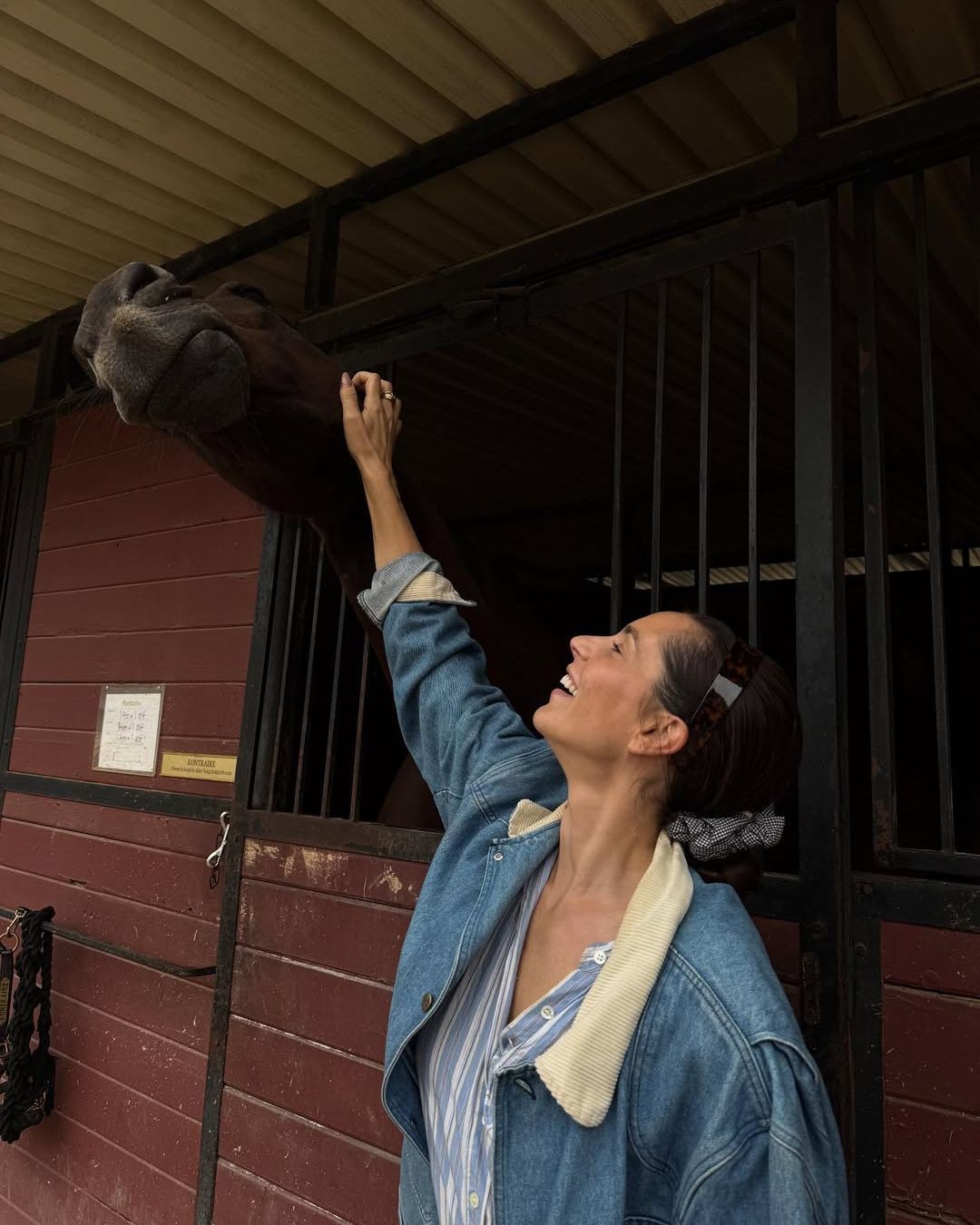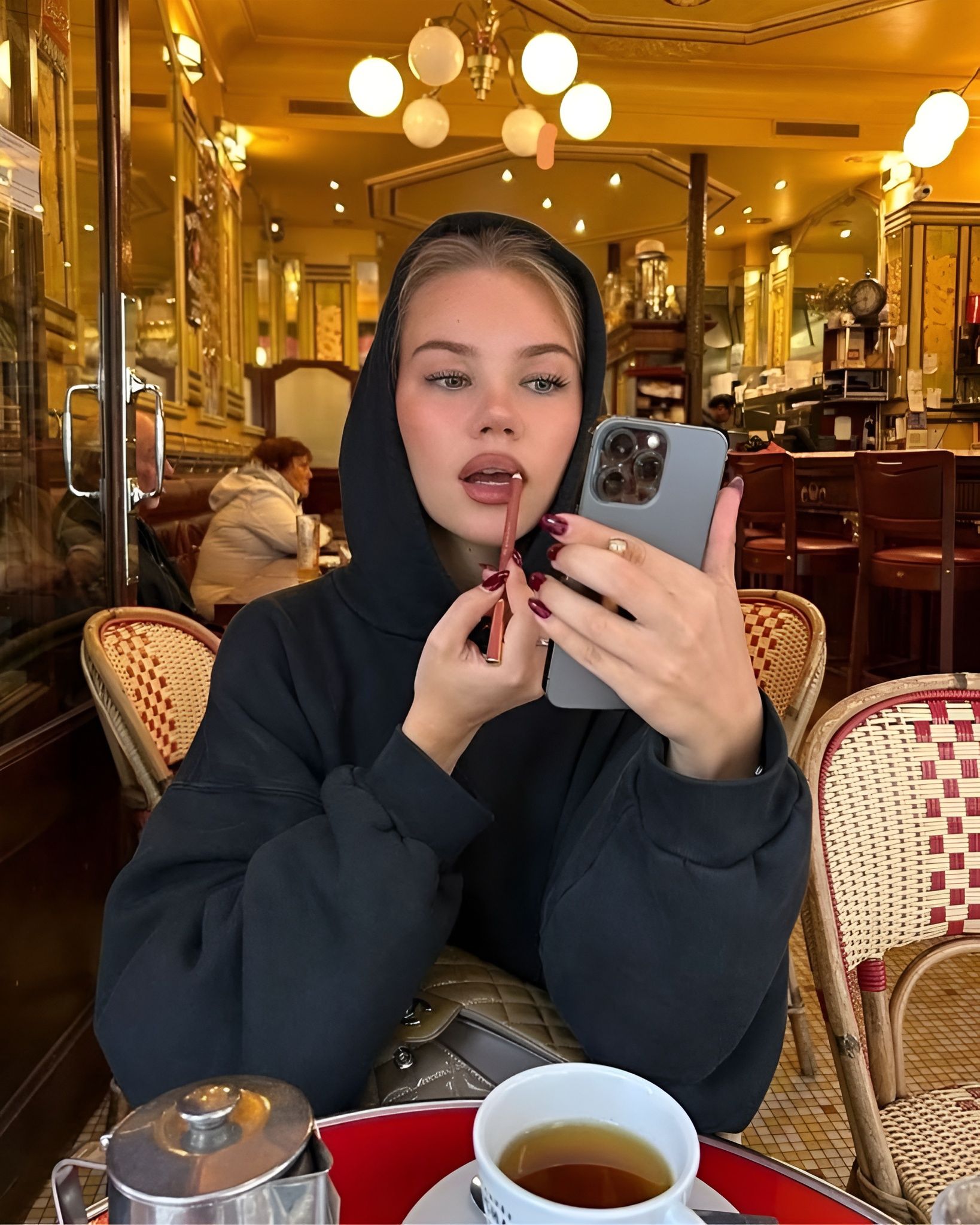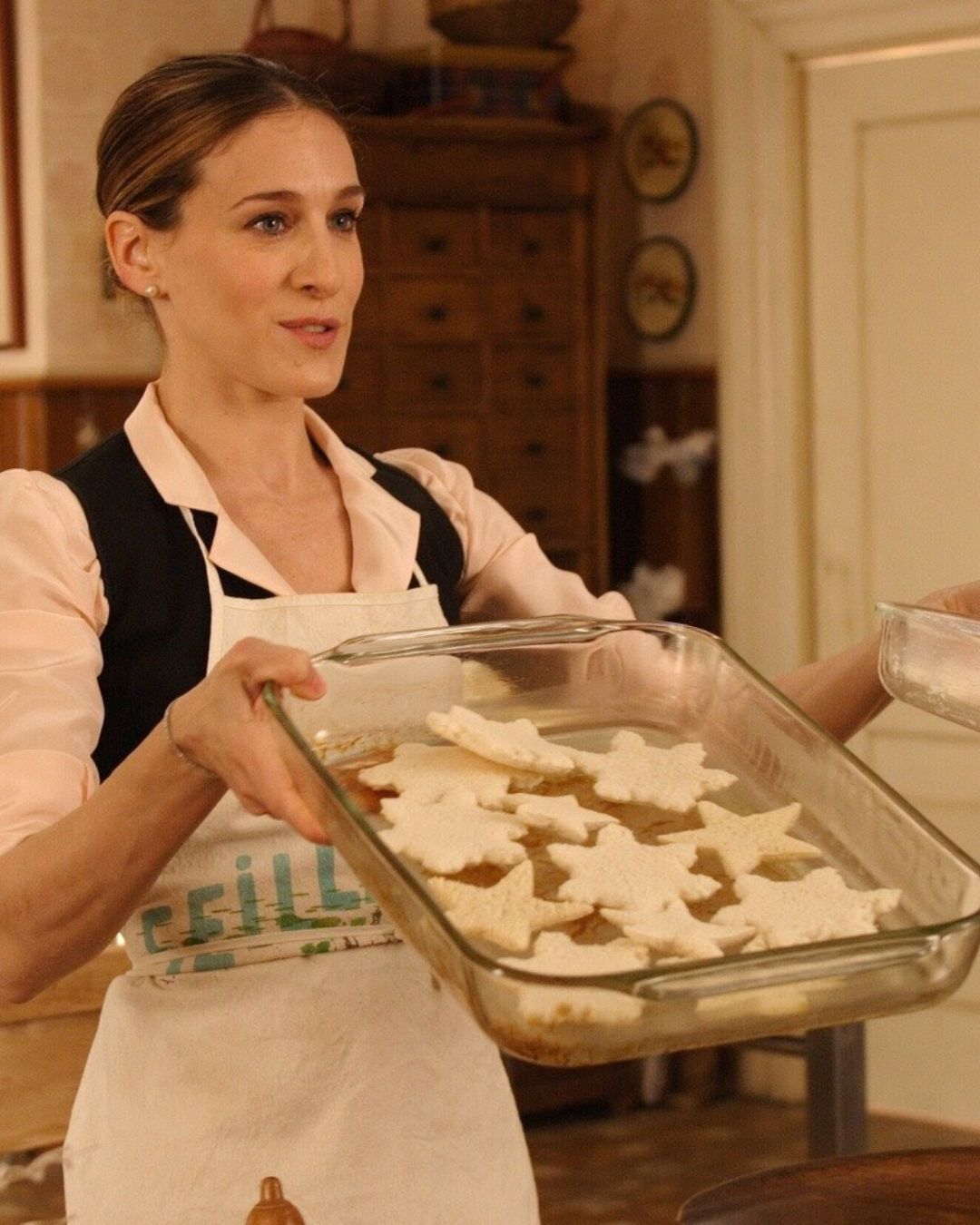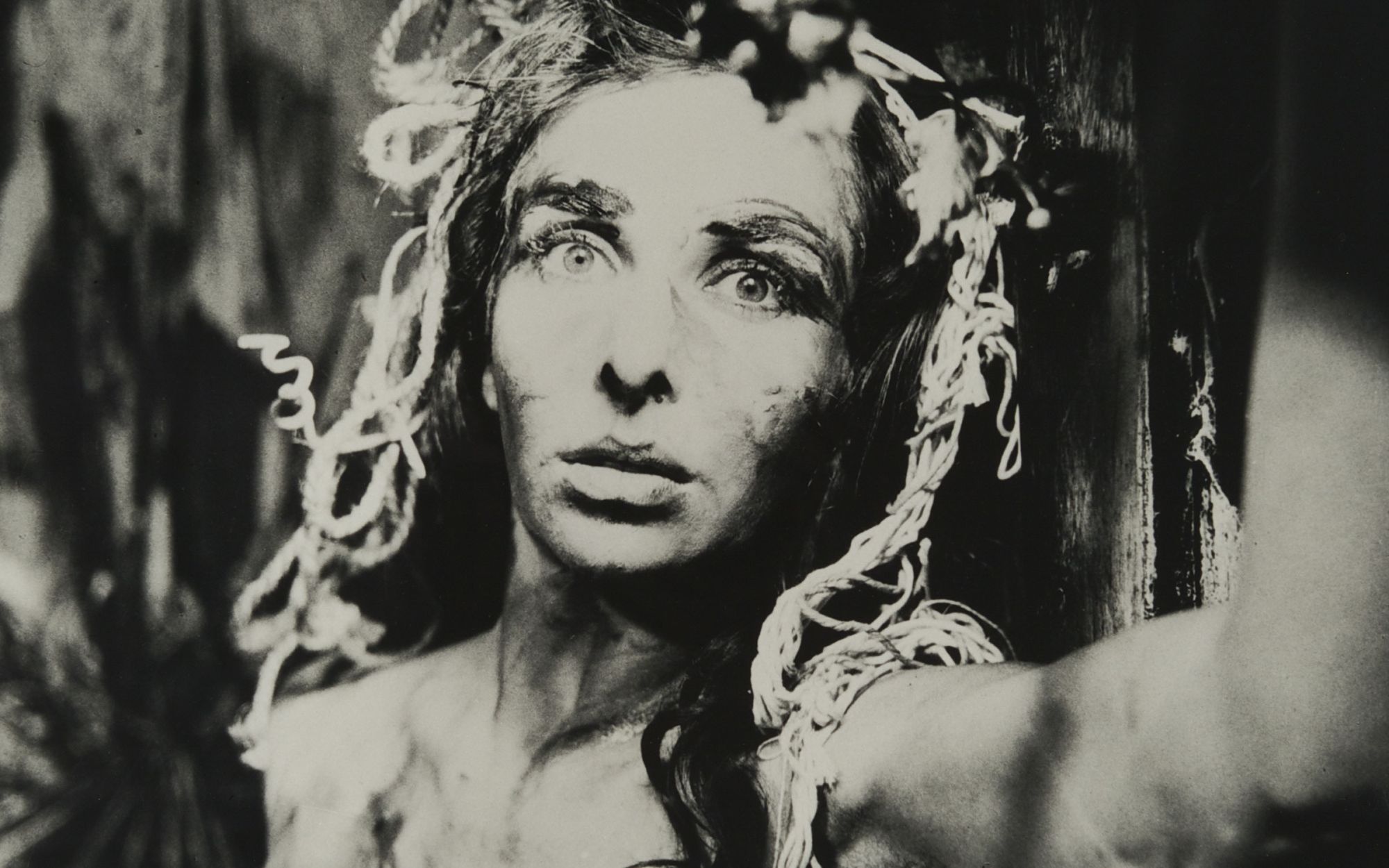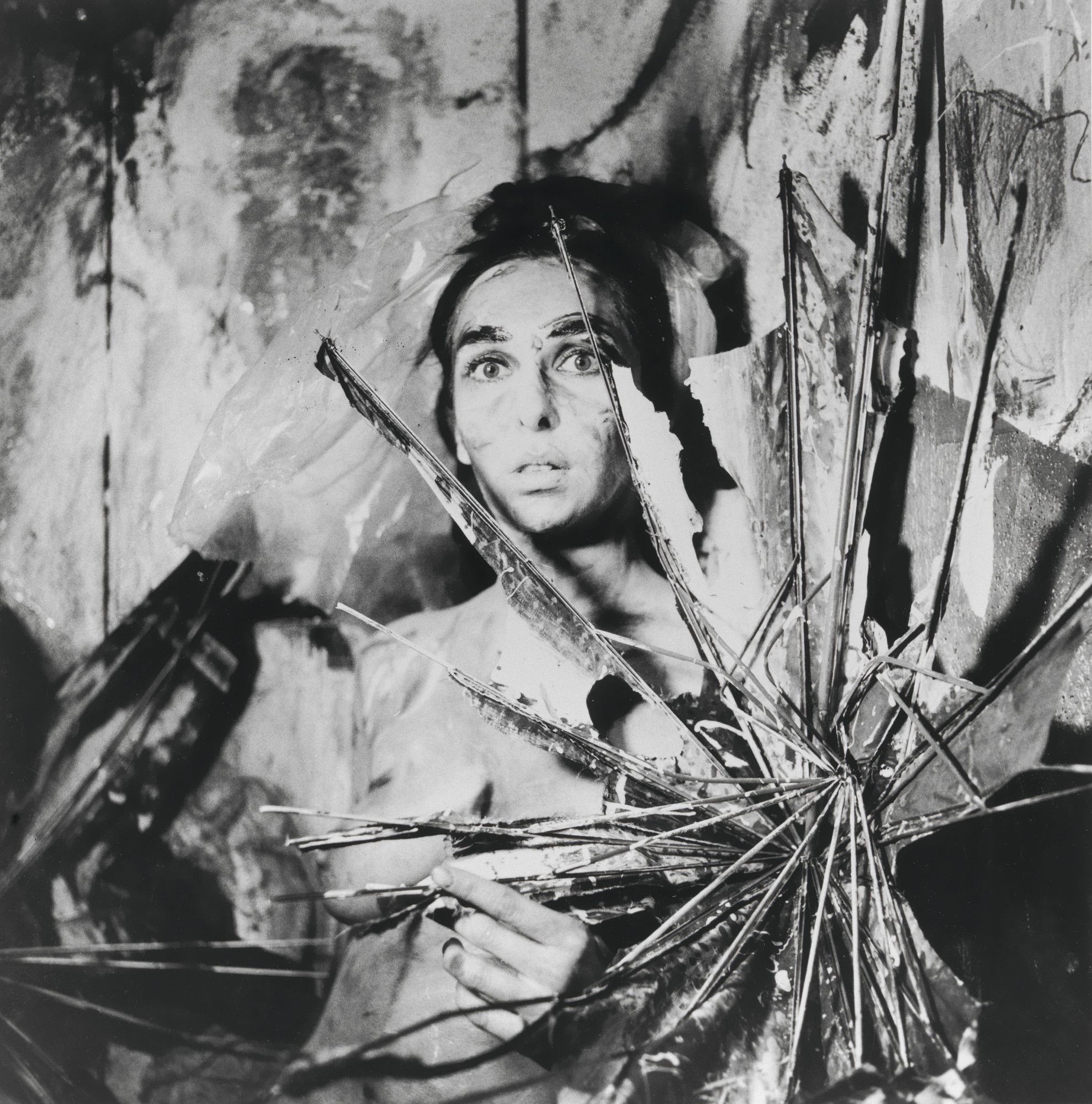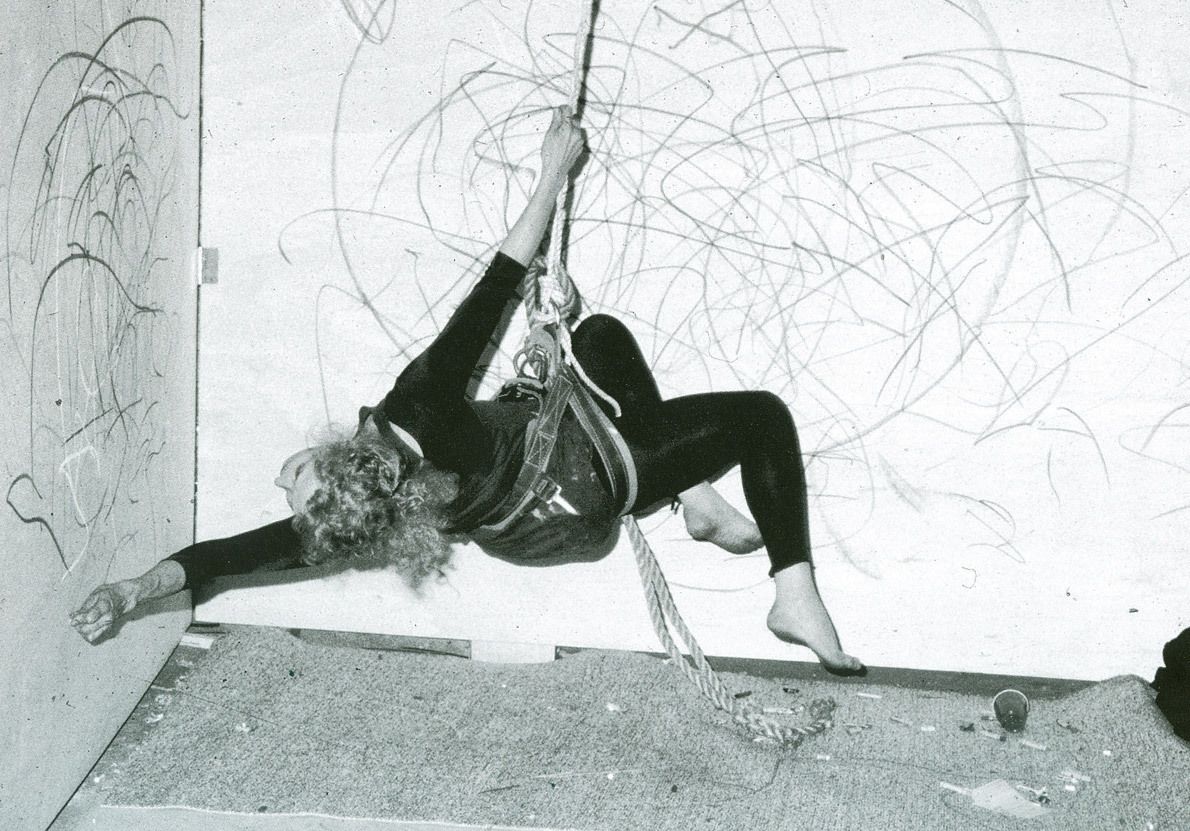
Carolee Schneemann and her art We learn more about the mother of feminist art who fought for the liberation of the female body and sexuality
Carolee Schneemann, who was born in 1939, made art that was violent, aggressive, and extravagant. She studied painting at the University of Illinois, where she gave birth to her artistic style. You lived in New York during the '60s and '70s, when the art scene was thriving and the avant-garde was flourishing. This environment has had a significant impact on her work and creative perspective. As a result, beginning in the 1960s, Schneemann broadened her imagination and developed semi-sculptural works that sat somewhere between painting and installation: the first step toward a deeper participation of her body, which would become her preferred medium.
Body as medium
In 1967, she created a materialized body collage by painting her body with wallpaper paste and molasses and rolling herself in shreds of white printer paper. It is a visceral movement-event, and the performance does not confine itself to the human collage as a static object, but instead imposes a dynamic, unpredetermined picture. In Up to and Including Her Limits (1974-76), nude and tied to a rope, she holds crayons and draws signs on the room's paper walls while oscillating in a semi-trance state.
In the film Meat Joy, the exaltation of the flesh and the organic is powerful and tangible. Schneemann's notion of "kinetic theatre" is embodied in Meat Joy, a pastiche of intermingling bodies dictated by defined and spontaneous gestures, surrounded by a variety of incongruous objects. Eight artists, including Schneemann, crawled and writhed together, covered in paint, paper, and brushes, toying with raw fish, flesh, and fowl. The nude body, according to the artist, "has exposed and addressed a social range of current cultural taboos and repressive conventions." Schneemann transformed a live opera into a cinematic collage of writhing bodies with a soundtrack by combining video from Meat Joy's performances in Paris and New York and setting it to pop music.
The Synthesis between Organic and Thought: performative intimacy
In her artistic work, the organic and the mental merge, and the woman's body, long seen as weak and solely good for procreation in the West, becomes a source of strength and wisdom. On the contrary, she said, "The body is in the eye" , "The sensations that we perceive with sight settle in the organism, bringing the entire personality to excitement". From this vantage point, conceptualizing the vulvic space, which she would discuss in Interior Scroll (1975-77), extracting from her vagina a lecture on the role of women in art written vertically, is her technique of generating pictures while also embodying the image. moment, a violent rebuke to the historical story of the wise man and the passionate woman.
In his creative maturity, the visceral and provocative work Blood Diary (1985) reopens the discussion on the necessity for the female body's existence through the biological product of the body, blood, which becomes the vehicle of a bold and joyous message of female physicality. Carolee Schneemann tracked her menstrual cycle for a month in "Blood Diary." Every day, she collected her menstrual blood to capture the process in photos. These photographs were then put on transparent supports and superimposed on a personal journal in which the sensations, emotions, and experiences associated with each day of the cycle are recorded.
File rouge of Schneemann's Art
The nude body and randomness, an aspect of dada and fluxus, determine the success of the performances, which are fiercely condemned since they are deemed excessive. They said of her work: too courageous, too honest, too dirty, too naked, too audacious, too brilliant, too dumb, too sweaty, too expository, too personal, too polemical, and, most importantly, too much praise for what it means to be a woman. In fact, Schneemann positions women as both makers and active participants in the process of creation, giving the female figure in art a subjectivity she did not previously have.
Immortal legacy
Schneemann anticipates activities that will be developed in contemporary art with Vito Acconci and, a few years later, with Marina Abramovich. A physicality already exploited, in a more sardonic and sexist fashion, by Yves Klein when blue-painted women's bodies became paintbrushes on white canvases and sheets; or Dan Graham's kinetic and performative theater, or Bruce Nauman's utilization of every single aspect of the body. Her confrontational approach and ability to handle taboo themes opened the path for many other feminist artists and helped to transforming the way the art world views the body, sexuality, and feminism. Her work has influenced following generations of artists who use art to challenge societal standards and advocate social change.



















